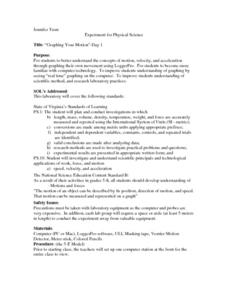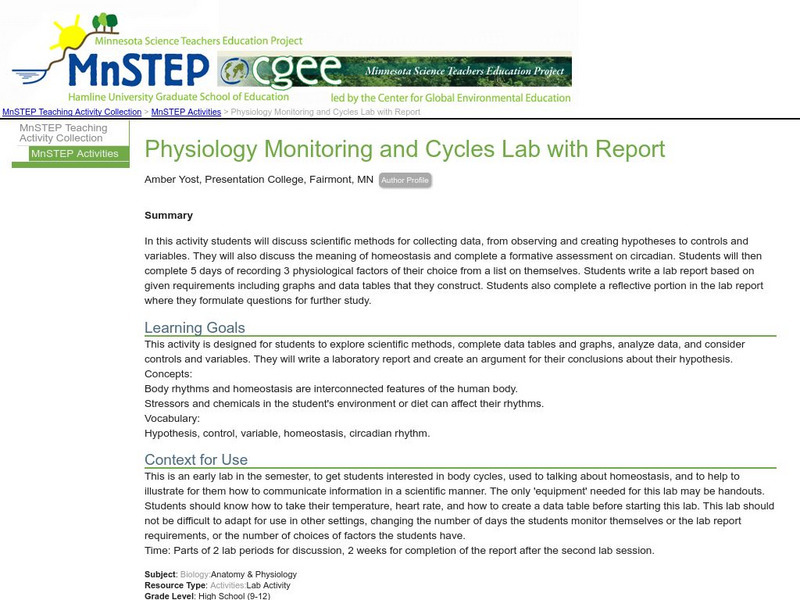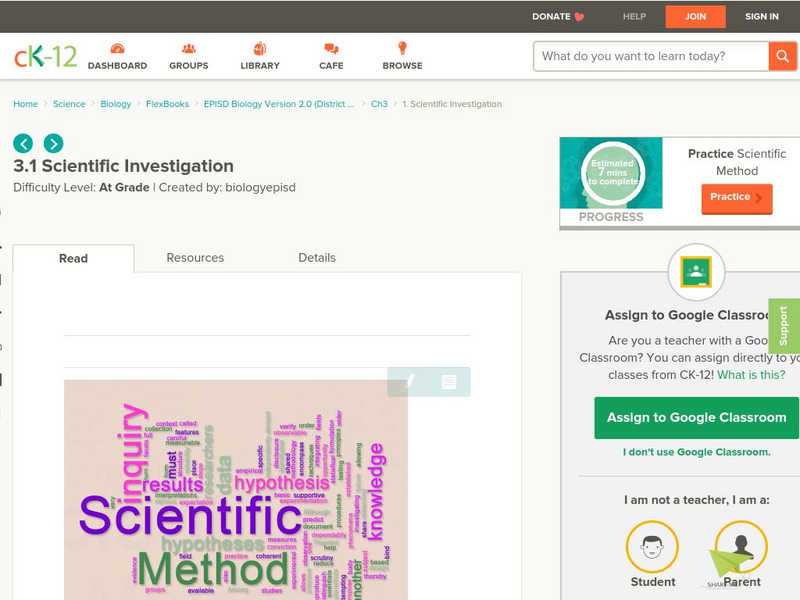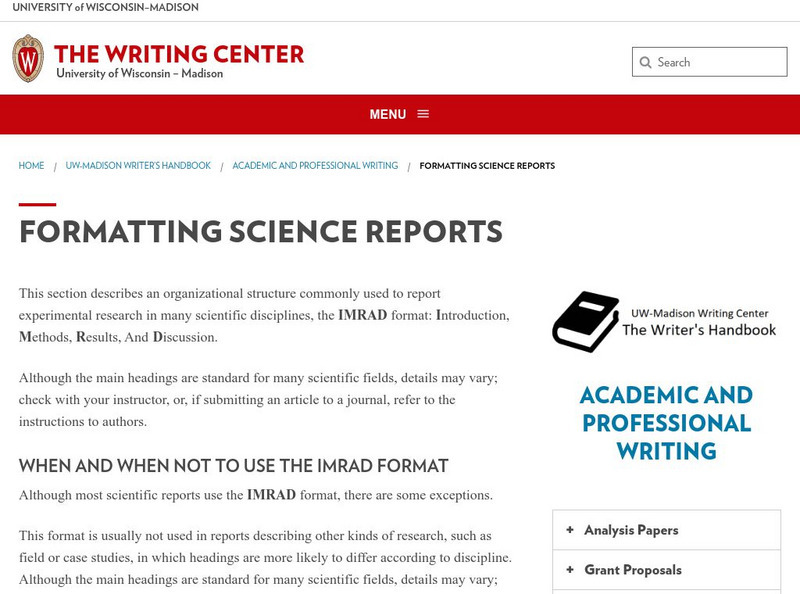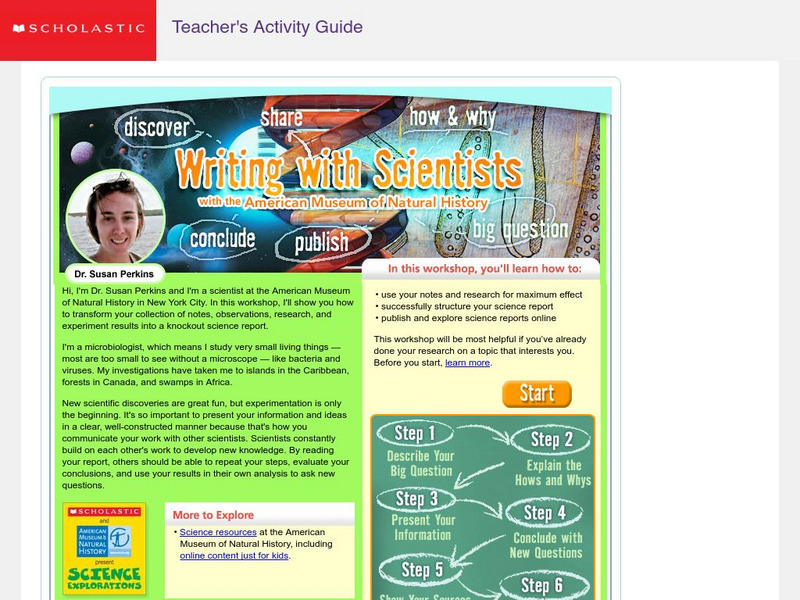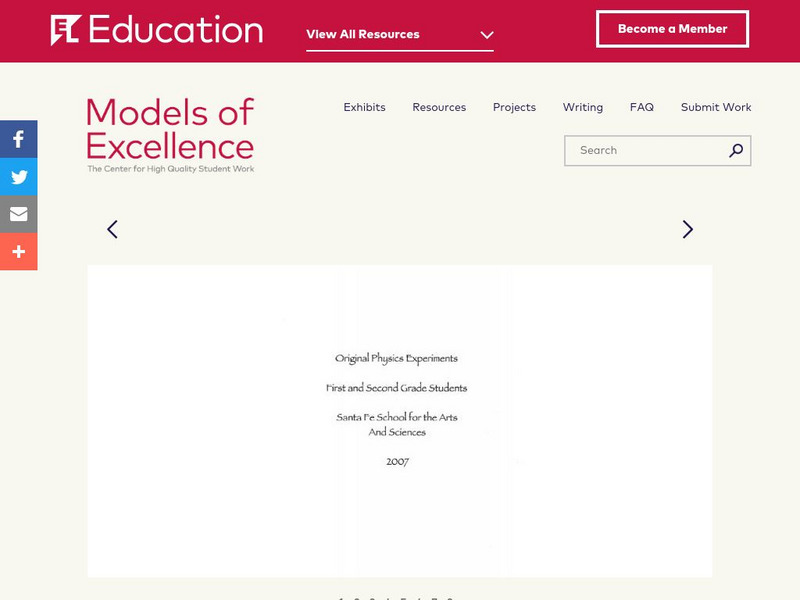Curated OER
Heat Transfer and Pollution
Students perform computer simulations on air dispersion. In this chemistry lesson, students calculate energy transfer based on specific heat and temperature change. They explain the causes of smog.
Curated OER
Molar Ratio
Learners conduct an experiment in which they react sodium bicarbonate with hydrochloric acid to determine the molar ration between the two reactants. Students must write correct formula and a balanced chemical equation and explain how...
Curated OER
2D Kinematics w/ String Racers
Students calculate the speed of string racers. In this physics lesson plan, students measure the time in several trials and get the average. They graph their results using a spreadsheet.
Curated OER
Graphing Your Motion-Day 1
Ninth graders explore the concepts of motion, velocity and acceleration through graphing their own movement using LoggerPro. They become more familiar with the computer technology. Students explore graphing in real time and graph on...
Curated OER
What Boat Designs Float the Best?
Fifth graders investigate buoyancy by conducting a science experiment. In this water properties lesson, 5th graders predict which of their different paper boat designs will float for the longest period. Students conduct the experiment...
Curated OER
Epidemiology: Graphing and Analyzing Health Data
Students graph data on fetal and infant mortality rates collected by the Centers for Disease Control and Prevention. They identify trends in the data and propose potential causes for the trends.
Biology Corner
Biology Corner: Lab Report Template
This webpage is a template for detailed lab reports.
Science Education Resource Center at Carleton College
Serc: Physiology Monitoring and Cycles Lab With Report
Using physiology monitoring, students will understand how to collect data using scientific methods in this activity. Students will also learn how to communicate the finding in a lab report. Physiology monitoring will include measuring...
CK-12 Foundation
Ck 12: Scientific Investigation
[Free Registration/Login may be required to access all resource tools.] This lesson looks at how the scientific method is applied in a scientific investigation, and at the differences between theories and hypotheses in science.
Online Writing Lab at Purdue University
Purdue University Owl: Academic Writing: Reverse Paramedic Method
Explanations and examples of the Reverse Paramedic Method used to edit scientific writing.
University of Wisconsin
University of Wisconsin: Writing Center: Formatting Science Reports
This site outlines the necessary elements of a scientific report. The site is broken down into the follow segments: title, abstract, introduction, methods, results, and discussion. Within each section is a contents section as well as a...
Science Education Resource Center at Carleton College
Serc: Investigating Projectile Motion: Creating a Catapult
This lesson is for 9th grade physical science students. It begins with an inquiry-based lesson using a projectile motion computer simulation. It culminates with students building a catapult; applying and connecting science knowledge from...
Scholastic
Scholastic: Writing With Scientists With the American Museum of Natural History
Follow this six-step method and you'll have a good understanding of what a good scientific research paper involves and how it is organized. There are plenty of samples for you to look at. This explanation is also very helpful for...
EL Education
El Education: Original Physics Experiments
Students ask questions about why things move the way they do and then design and carry out science experiments on the physics behind the movement. Students create lab reports to explain the steps of their process and to record...
TeachEngineering
Teach Engineering: Sugar Spill!
In this activity, students act as environmental engineers involved with the clean up of a toxic spill. Using bioremediation as the process, students select which bacteria they will use to eat up the pollutant spilled. Students learn how...





